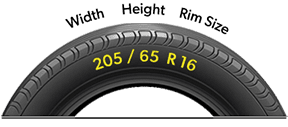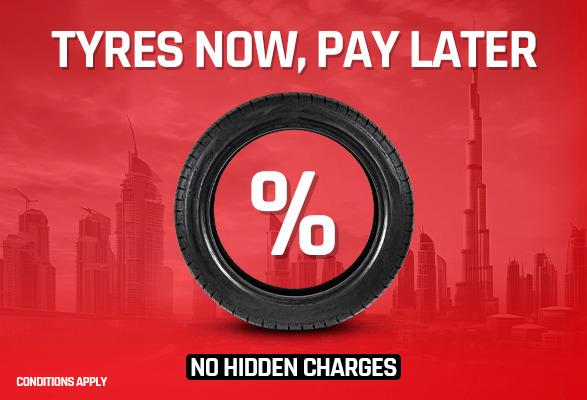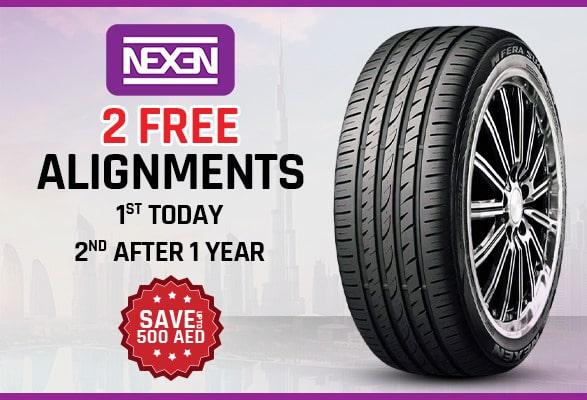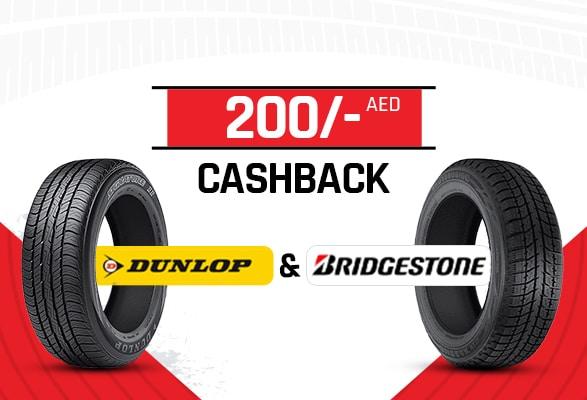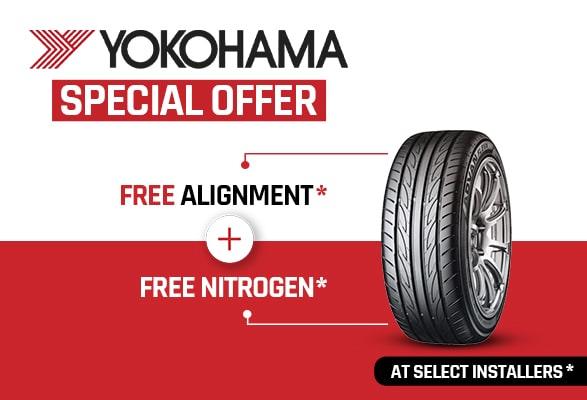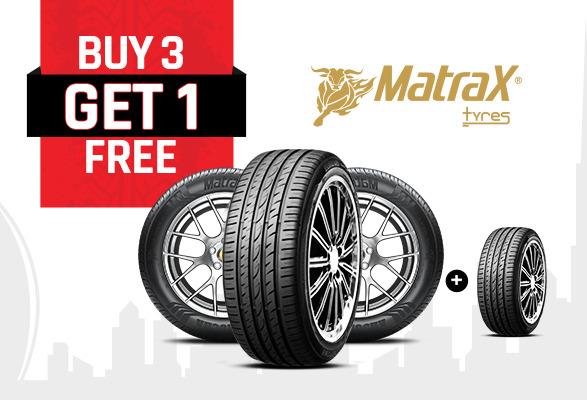225 vs 235: Tyre Size Comparison
When buying tyres, two sizes often pop up 225 and 235. But what exactly is the difference between them? Understanding the difference in optimizing your vehicle’s performance and safety is important.
Understanding Tyre Sizes
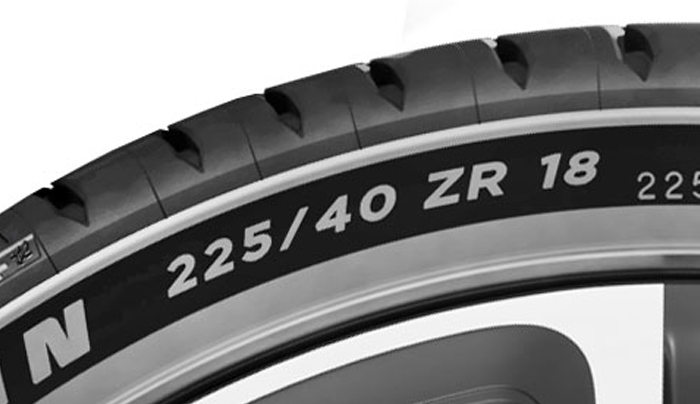
Tyre size notation typically includes numbers and letters, such as 225/50R17. Each element provides specific information:
- 225: The tyre's width in millimetres.
- 50: The aspect ratio (height as a percentage of width).
- R: Indicates radial construction.
- 17: The diameter of the wheel rim in inches.
Choosing the correct tyre size is essential for ensuring proper fit, handling, and safety.
Overview of 225 Tyres
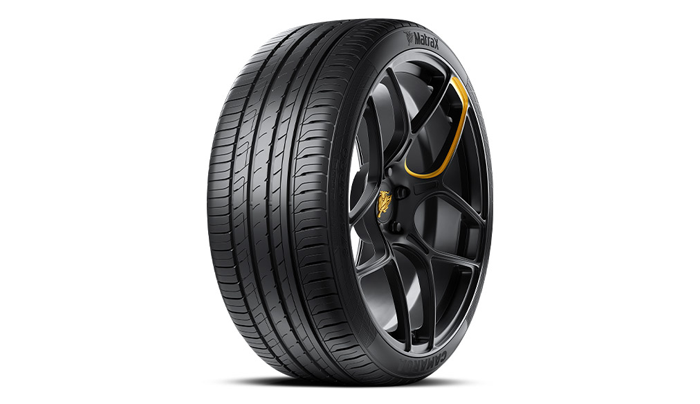
225 tyres are commonly used on smaller vehicles. They offer several benefits:
- Better Fuel Efficiency: Narrower tyres reduce rolling resistance, improving fuel economy.
- Cost-Effectiveness: Typically, 225 tyres are less expensive than wider tyres.
- Improved Handling for Smaller Vehicles: These tyres are better suited for smaller cars, enhancing their handling capabilities.
Common vehicles that use 225 tyres include compact cars and some sedans.
Overview of 235 Tyres
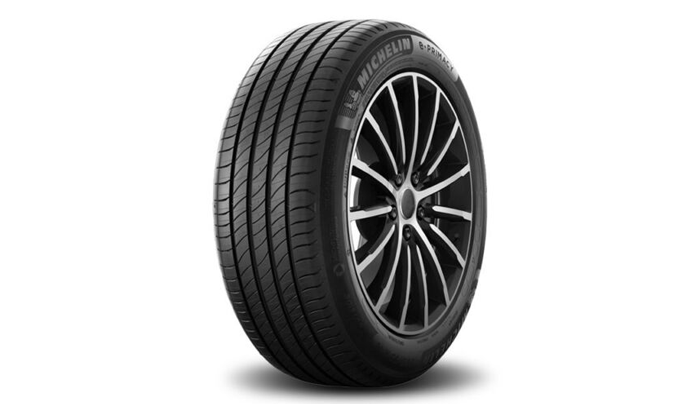
235 tyres are often found on larger vehicles. Their benefits include:
- Better Traction and Stability: Wider tyres provide a larger contact patch with the road, enhancing grip and stability.
- Enhanced Performance for Larger Vehicles: They are ideal for SUVs and performance cars that require more traction.
- Improved Comfort and Handling: Wider tyres can offer a smoother ride by better-absorbing road irregularities.
Common vehicles with 235 tyres include SUVs, trucks, and high-performance cars.
Performance Comparison
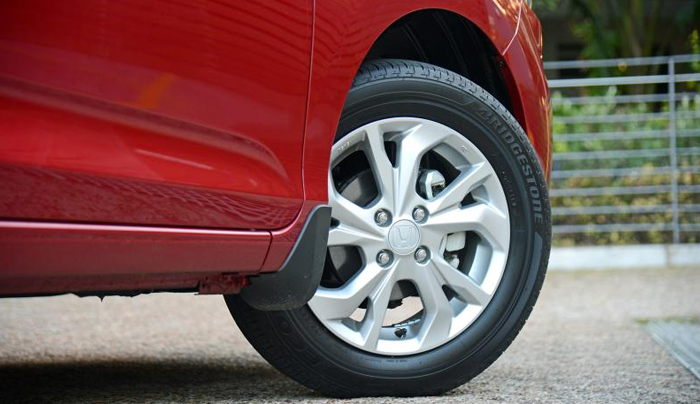
Handling and Cornering:
- 225 tyres: Offer nimble handling for smaller vehicles.
- 235 tyres: Provide better cornering stability for larger vehicles due to a wider contact patch.
Traction and Grip:
- 225 tyres: Suitable for regular driving conditions.
- 235 tyres: Superior in diverse conditions, including wet and off-road scenarios, due to their broader grip.
Ride Comfort:
- 225 tyres: Generally quieter with less road noise.
- 235 tyres: Better at absorbing road imperfections, enhancing overall ride comfort.
Fuel Efficiency and Cost
Fuel Efficiency:
- 225 tyres: Typically more fuel-efficient due to lower rolling resistance.
- 235 tyres: This may reduce fuel efficiency slightly due to increased resistance.
Cost Differences:
- Initial Purchase Cost: 225 tyres are usually cheaper.
- Long-term Maintenance Costs: Wider tyres might wear out faster, potentially increasing long-term costs.
- Availability and Pricing in the UAE Market: Both sizes are widely available, but pricing can vary based on the brand and model.
Suitability for Different Vehicles
Small to Mid-Size Cars:
- 225 tyres: Generally recommended for their balance of cost, efficiency, and handling.
SUVs, Trucks, and Performance Vehicles:
- 235 tyres: Preferred for their enhanced traction, stability, and performance characteristics.
Determining the best tyre size for your vehicle depends on your driving needs and the manufacturer's recommendations.
Tips for Choosing the Right Tyre Size
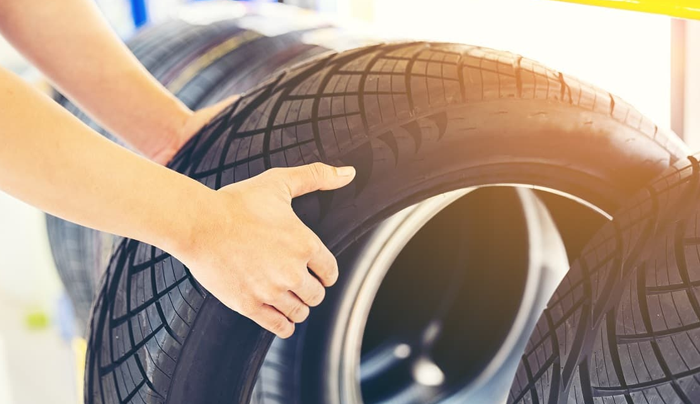
Factors to Consider:
- Driving Habits: Frequent long-distance driving may benefit from more fuel-efficient tyres.
- Typical Road Conditions: Consider wider tyres for off-road or high-traction needs.
- Vehicle Manufacturer Recommendations: Always adhere to the specifications provided by your vehicle's manufacturer.
Consulting with a Professional:
A tyre expert or mechanic can offer personalised advice to ensure you choose the best tyre size for your specific vehicle and driving conditions.
Conclusion
Choosing between 225 and 235 tyres involves considering various factors, including vehicle type, driving habits, and road conditions. Both sizes have their advantages, and selecting the right one can enhance your vehicle's performance, safety, and comfort.



